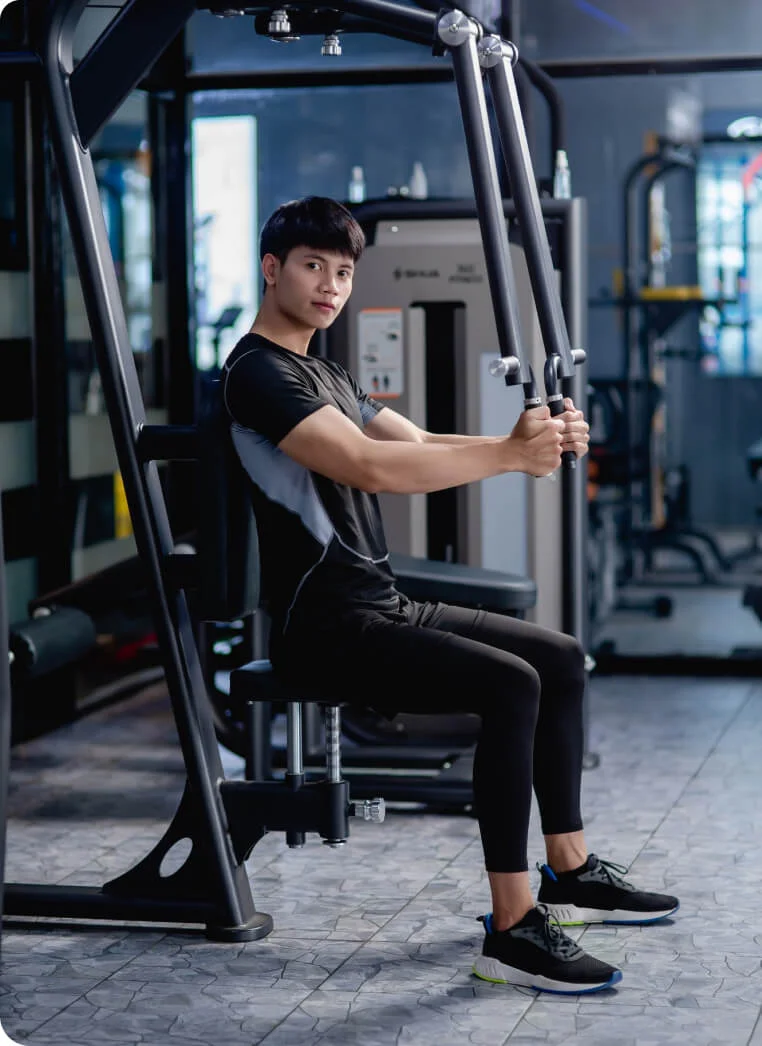
Providing fitness instruction for young individuals with neurodiversity.
In essence, when working with youth who have neurodivergent disorders like ADHD, autism, Down syndrome, aphasia, or brain injury, it’s vital to approach them with genuine empathy and unconditional positive regard. As a personal trainer, your support can significantly impact their overall health and well-being. These individuals may face challenges such as speech difficulties, attention issues, rule comprehension, and motor skill deficits compared to their peers. Understanding and adapting to their unique needs is essential for effective training.
Neurodivergent individuals often struggle with transitioning between activities, which can lead to feelings of overwhelm, frustration, and sensory overload. This can trigger unexpected behaviours rooted in emotions like anxiety, panic, discouragement, or fear. Understanding these underlying emotions is crucial for providing appropriate support and guidance.
Understanding your client’s triggers, behaviours, and challenges is crucial before starting their training sessions. Through thorough interviews with both the client and their guardian, you can identify potential triggers like environmental changes or medication effects. It’s essential to create a supportive environment and discuss coping methods to ensure a successful training experience.
Medication effects should be discussed upfront and you must let the client and their parent or caregiver know that you should be alerted to any changes to medication, as the client may be more easily incited during the adjustment period. Next, you should ask about their preferred coping methods. This could range from repetitive behaviours to retreating to darkened quiet rooms, or even wearing a weighted vest.
Aside from being prepared, it’s crucial to be observant of any shifts in a young client’s behaviour that may indicate frustration or overwhelm. Recognizing their body language and typical mannerisms can help anticipate and address potential disruptions during training sessions. Since youth might struggle to verbalize their feelings at the moment, it’s important to proactively adjust training plans as needed based on their cues.
Let’s explore three typical situations you might face when working with neurodivergent youth and how to effectively respond to minimize frustrations and anxiety, ensuring smooth sessions.
- AVOIDANCE
- Individuals with neurodivergent conditions may experience sensory processing disorder, where sensory information is not organized effectively, leading to overwhelming feelings of irritability, anger, or frustration. This can manifest as unexpected outbursts, aggression, hiding, or non-compliance.
- Clients may develop their own coping mechanisms or rely on your support during such moments, underscoring the importance of understanding these strategies. While some outbursts may be inevitable, it’s essential to learn how to navigate and redirect behaviour towards more positive outcomes when possible.
- OVERSTIMULATION
- Being able to identify body language cues before a workout session in a child with hypersensitivity is crucial for tailoring the day’s programming to meet their specific needs. Common signs of overstimulation include speaking loudly or quickly, exhibiting aggression or anger, aimless running or restlessness, increased tics or hand movements, and appearing tired or fatigued.
- AN INABILITY TO FOCUS
- In simpler terms, recognizing when someone with ADHD is being hyperactive, impulsive, or having trouble focusing, rather than just thinking they’re being disrespectful or careless, can save you a lot of frustration.
- In summary, sometimes it’s necessary to pause a workout session for safety reasons. But by understanding the client’s needs, behaviors, and triggers, and learning how to manage these situations effectively, you can build a strong, lasting relationship and achieve excellent results for both you and your clients.
- Being able to identify body language cues before a workout session in a child with hypersensitivity is crucial for tailoring the day’s programming to meet their specific needs. Common signs of overstimulation include speaking loudly or quickly, exhibiting aggression or anger, aimless running or restlessness, increased tics or hand movements, and appearing tired or fatigued.

